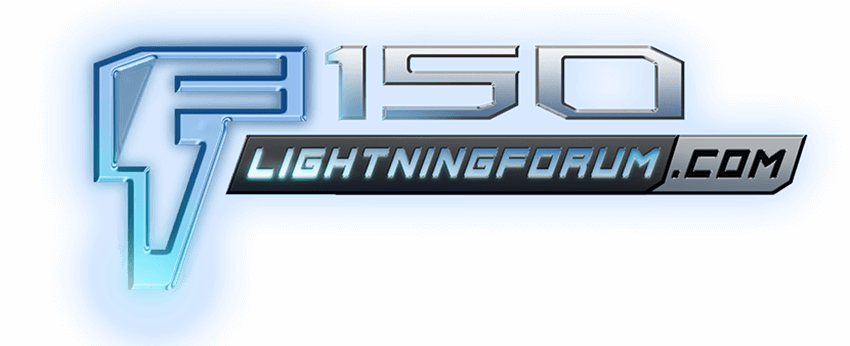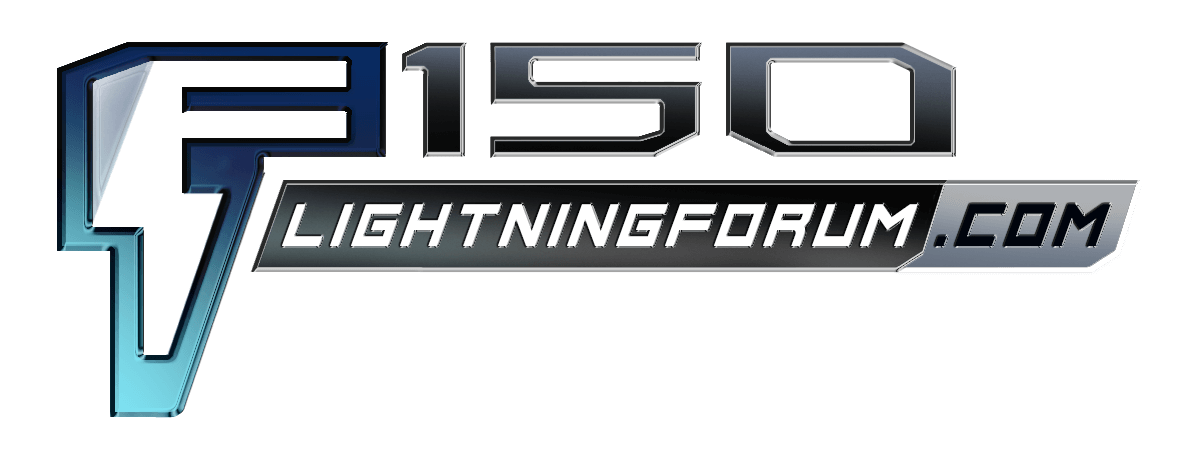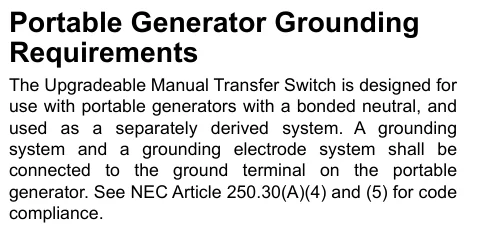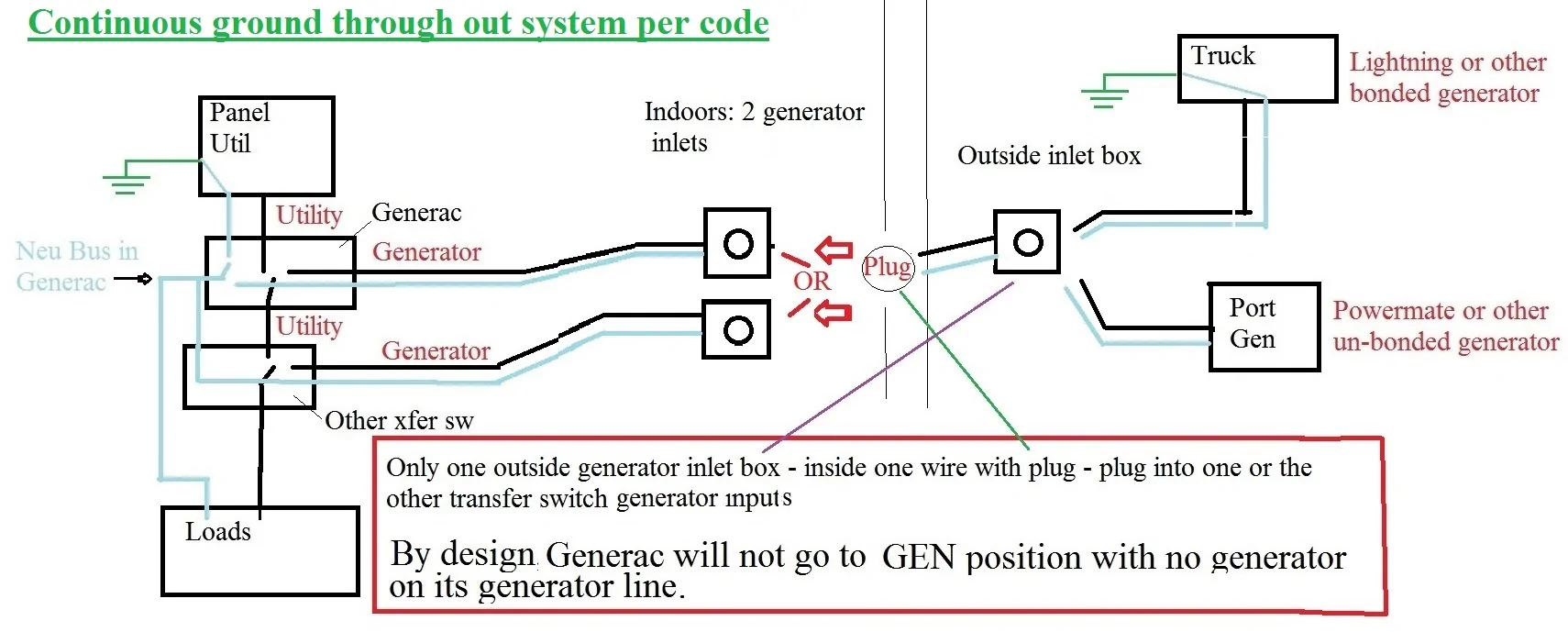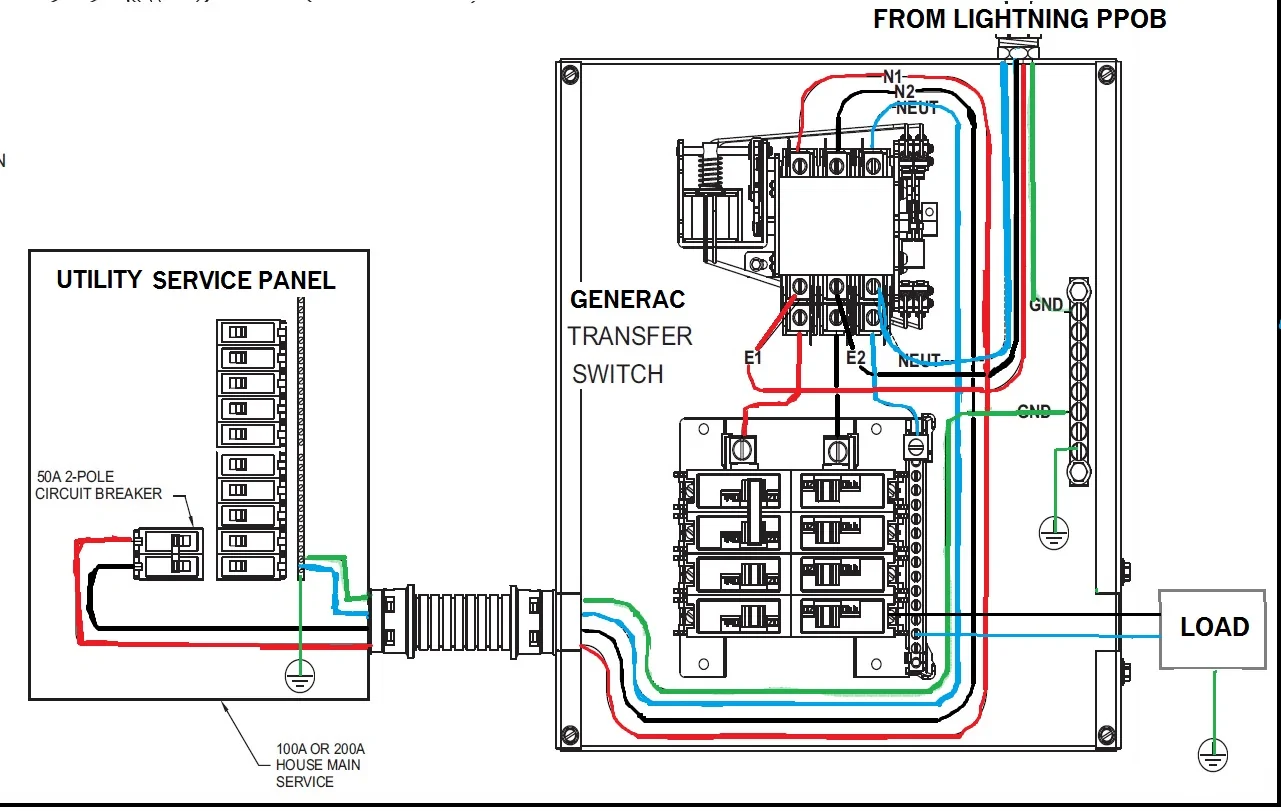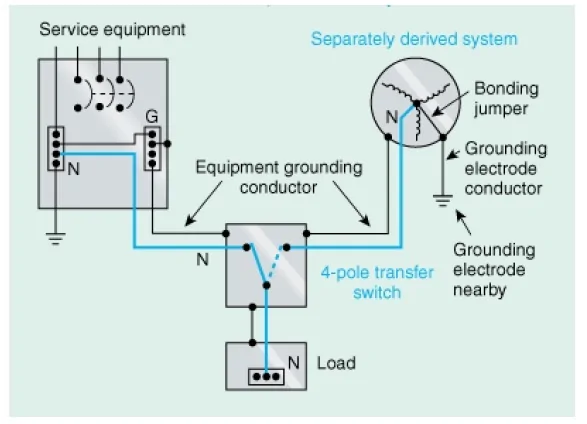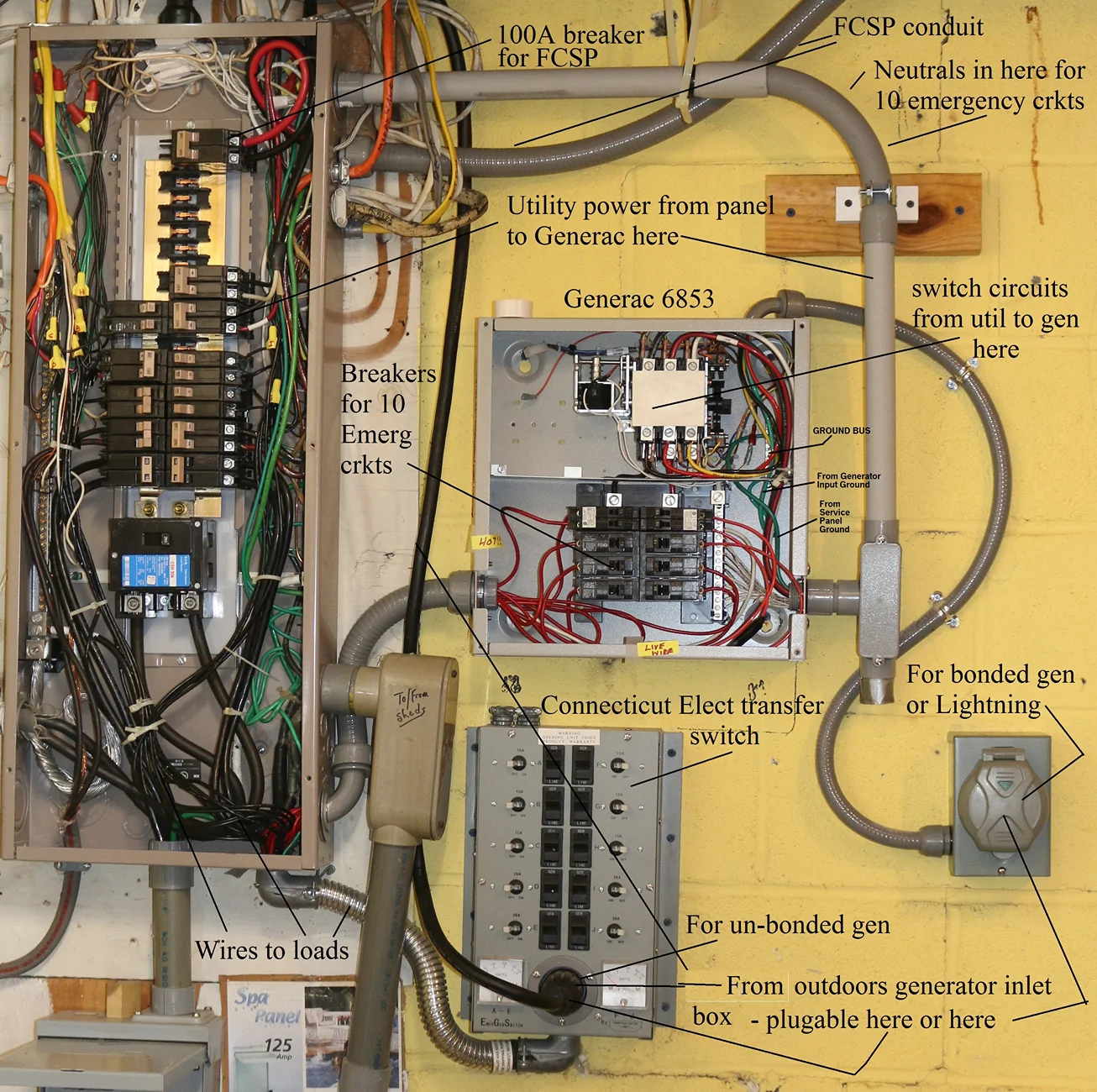NW Ontario Ford Lightning
Well-known member
- First Name
- Robert
- Joined
- Feb 14, 2025
- Threads
- 1
- Messages
- 528
- Reaction score
- 645
- Location
- NW Ontario Canada
- Vehicles
- 2024 F-150 SR Lightning XLT, 2023 Escape Hybrid
- Occupation
- Contractor
For my property, with a large Inverter-solar-ESS (Energy Storage System Battery over 100kWh) I use the truck as a back up power source only to supply a DC charger feeding my main ESS. This has two benefits, and one drawback:
The two benefits:
1. The truck can supply a low but steady power supply of 2kWh per hour = 48kWh per day if needed, while my main ESS-inverters can supply any load on the property (even a Dryer, Compressor or Welder) with no impact on the truck at all.
2. The Truck's AC system remains isolated completely from the property AC system. No-connection required between the two. The truck's AC system supplies AC power to my DC charger, which supplies 48v DC to my ESS. There is no danger/hazard created and it is very simple.
The one drawback:
1. Double conversion: 300v DC Truck to AC Truck, then AC charger to 48v DC ESS voltage. There are losses due to the double conversion. The losses seem low in use.
Admittedly, this is not an option if you don't have a solar or ESS-Inverter system.
The two benefits:
1. The truck can supply a low but steady power supply of 2kWh per hour = 48kWh per day if needed, while my main ESS-inverters can supply any load on the property (even a Dryer, Compressor or Welder) with no impact on the truck at all.
2. The Truck's AC system remains isolated completely from the property AC system. No-connection required between the two. The truck's AC system supplies AC power to my DC charger, which supplies 48v DC to my ESS. There is no danger/hazard created and it is very simple.
The one drawback:
1. Double conversion: 300v DC Truck to AC Truck, then AC charger to 48v DC ESS voltage. There are losses due to the double conversion. The losses seem low in use.
Admittedly, this is not an option if you don't have a solar or ESS-Inverter system.
Sponsored
